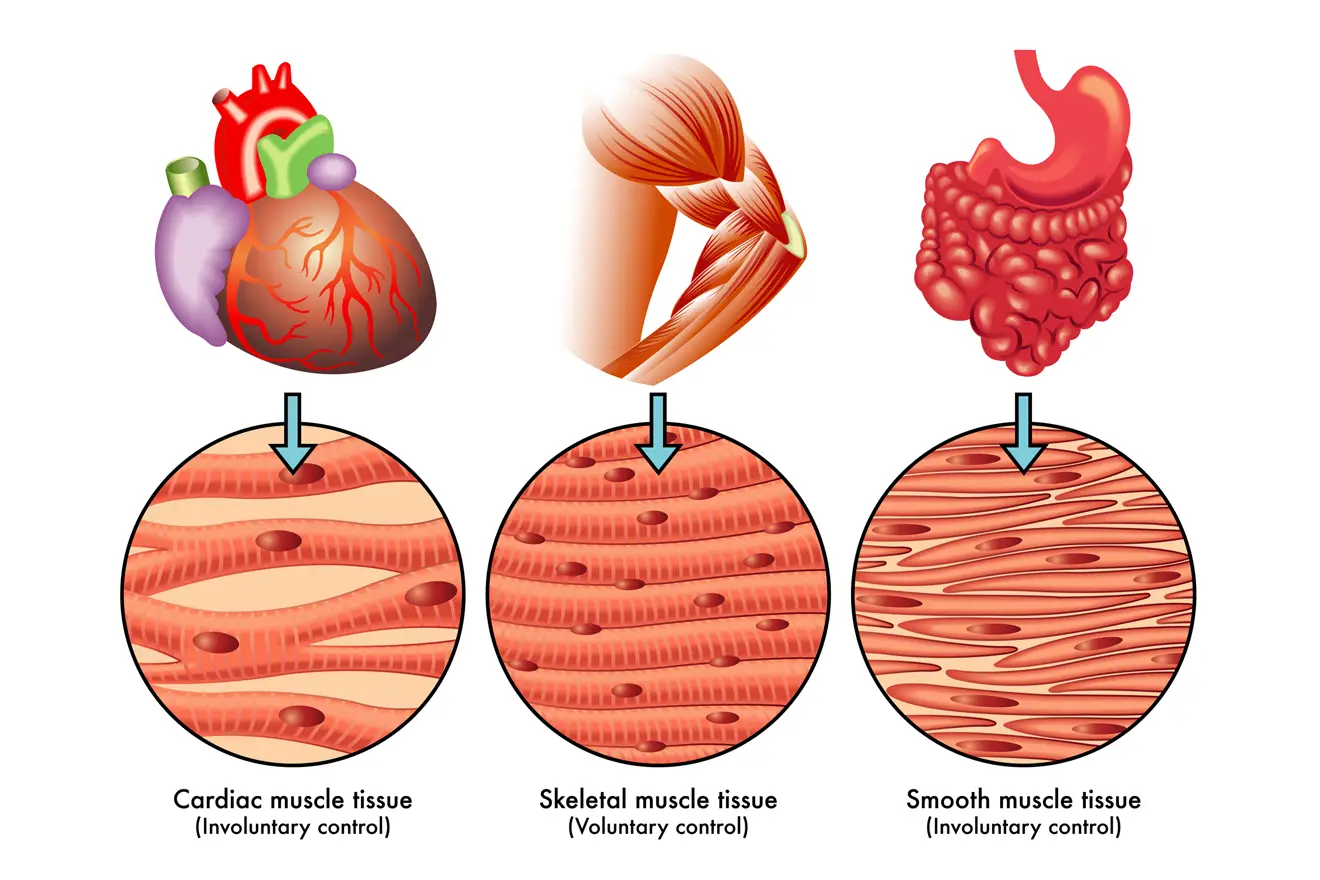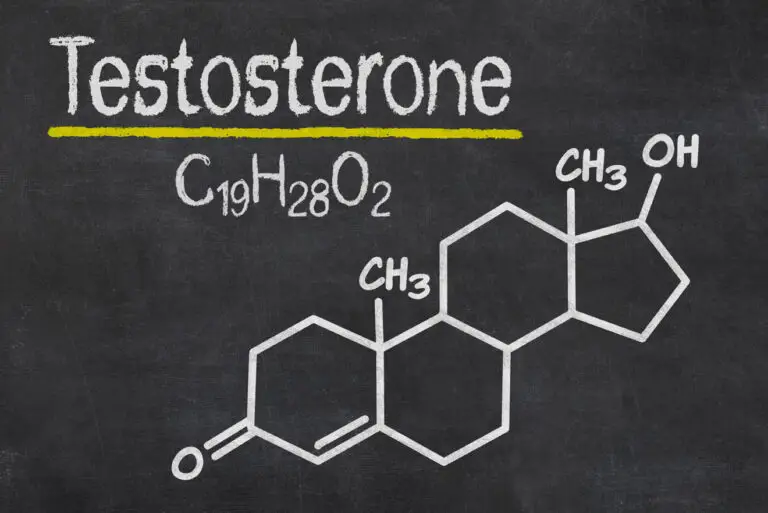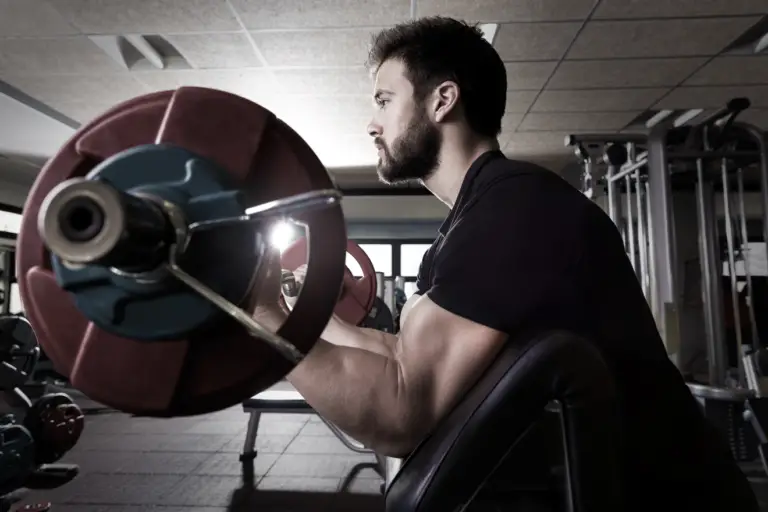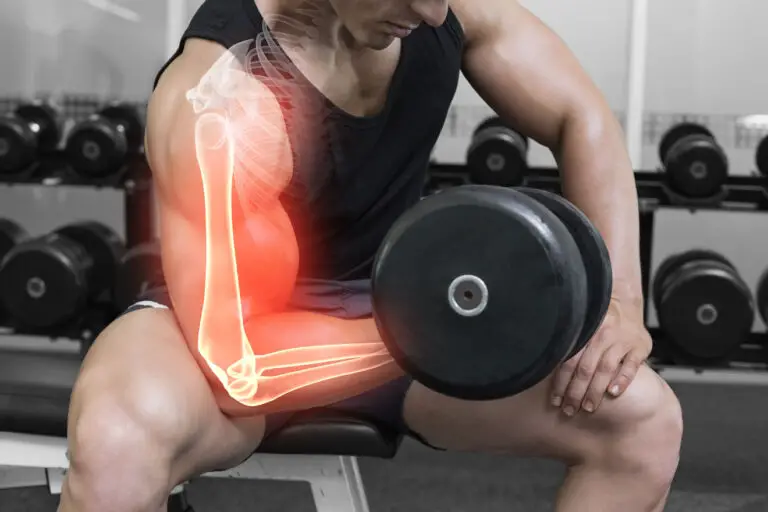Muscle structure
Your muscles make up nearly half of your body weight. They are composed of over 75% water; the rest is mostly protein. Being familiar with skeletal muscle structure, especially the characteristics of the different muscle fiber types, is important because it will help you to understand how to develop the different muscle properties: size, strength, endurance, and power.
The three types of muscle
There are three types of muscle in your body (Figure 1, above), each with a different muscle structure:
- Cardiac (striated, involuntary)
- Smooth (non-striated, involuntary)
- Skeletal (striated, voluntary)
Cardiac muscle appears striated under a microscope and can be found in the walls of your heart. Triggered by impulses from your autonomic nervous system, it contracts involuntarily and is responsible for pumping your blood around your body.
Smooth muscle appears smooth (non-striated) under a microscope and can be found in the walls of hollow organs throughout your body, such as your bladder. It allows these organs to expand and contract as required. Smooth muscle can also be found in your eyes, blood vessels, and digestive tract. In your eyes, it changes the shape of your lenses to bring objects into focus; in the walls of your blood vessels, it contracts and relaxes to move blood through the vessels; and in your digestive tract, it is responsible for producing the peristaltic movements that push food through your digestive system. Like cardiac muscle, smooth muscle contractions are involuntary, triggered by impulses from your autonomic nervous system.
Skeletal muscle appears striated under a microscope. Skeletal muscles attach to your bones via tendons and move your bones by contracting and relaxing in response to voluntary messages sent by your somatic nervous system. Skeletal muscles are responsible for locomotion and changing and maintaining your body posture. Together with your bones, they make up your musculoskeletal system (Figure 2).
Figure 2. Anterior and posterior views of the human musculoskeletal system.
Skeletal muscle structure
Skeletal muscles (Figure 3) are composed of long, cylindrical cells called muscle fibers (or myocytes), which are approximately the width of a human hair in diameter (50 to 100 micrometers). They are among the largest cells in the human body, ranging from a few centimeters to one meter in length.
Muscle fibers have more than one nucleus and are composed of cylindrical strands called myofibrils, each one approximately one micrometer in diameter. The myofibrils are in turn composed of filaments of the proteins actin and myosin, which repeat in units known as sarcomeres.
Sarcomeres are the basic functional units of muscle fibers. As you will soon learn, they form the basic machinery necessary for muscle contraction. Sarcomeres are also responsible for the striated appearance of skeletal muscle tissue.
Figure 3. A breakdown of the structure of skeletal muscles right down to the contractile filaments actin and myosin. The filaments form units called sarcomeres, which, stacked end to end, make myofibrils, the strands within muscle fibers. Bundles of muscle fibers produce fascicles, which, in turn, make up skeletal muscles.
Types of muscle fiber
There are three types of muscle fiber:
- Type I (oxidative slow-twitch)
- Type IIa (oxidative fast-twitch)
- Type IIb (glycolytic fast-twitch)
Table 1 summarizes their characteristics.
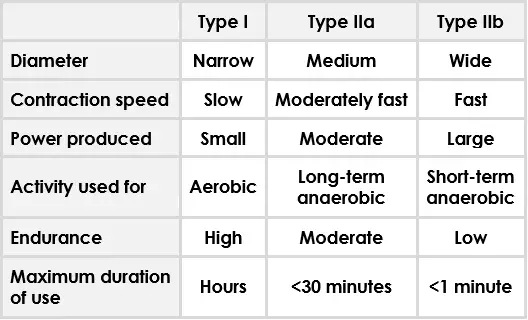
Table 1. The characteristics of the three different types of muscle fiber.
Type I fibers are narrow in diameter and contract relatively slowly, which is why they are also called slow-twitch muscle fibers. Type I fibers are used for low-intensity aerobic activities, such as jogging and lifting light weights. They have a high endurance level and therefore do not tire easily.
Type IIb fibers are wide in diameter and contract relatively rapidly, which is why they are also called fast-twitch muscle fibers. They are used for high-intensity anaerobic activities, such as sprinting and lifting heavy weights, and they can generate relatively high levels of tension. Type IIb fibers have low endurance, which means that they tire easily.
Type IIa fibers are another type of fast-twitch muscle fiber. Their characteristics fall in between those of Type I and Type IIb fibers.
Type IIa and Type IIb fibers increase in size more readily and at a faster rate than do Type I fibers.
Muscle fiber types and muscle function
Each of your skeletal muscles contains a mixture of the three types of muscle fiber, thus providing each muscle with the ability to produce an increasing amount of force, from low to high. When you lift light weights, your Type I fibers do most of the work. If you increase the amount of weight being lifted, an increasing number of Type IIa fibers will be recruited to help with the lifting. If you lift very heavy weights, virtually all Type I, Type IIa, and Type IIb fibers will be recruited.
How the different types of muscle fiber affect muscle properties
You were born with a specific ratio of muscle fiber types in each muscle. As the three types of muscle fiber have different characteristics, the ratio dictates how much strength or endurance each muscle has. Compared with muscles that contain more Type IIb fibers, muscles that contain more Type I fibers will have more endurance. Conversely, compared with muscles that contain more Type I fibers, muscles that contain more Type IIb fibers will have more strength. Since Type IIa and Type IIb fibers increase in size more readily and at a faster rate than do Type I fibers, the ratio of muscle fibers also dictates how large the muscle can grow.

